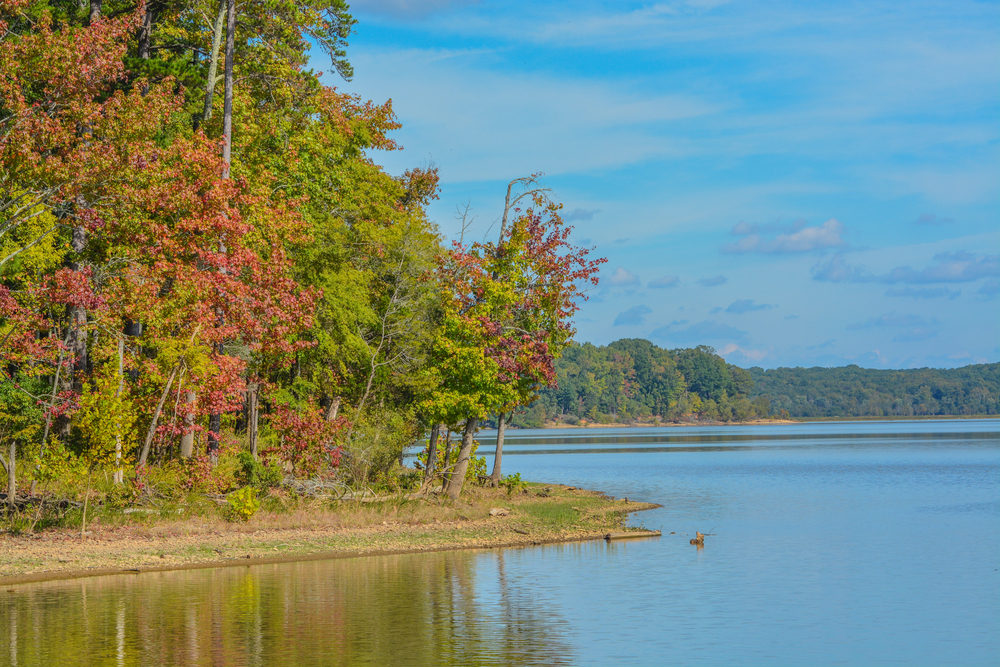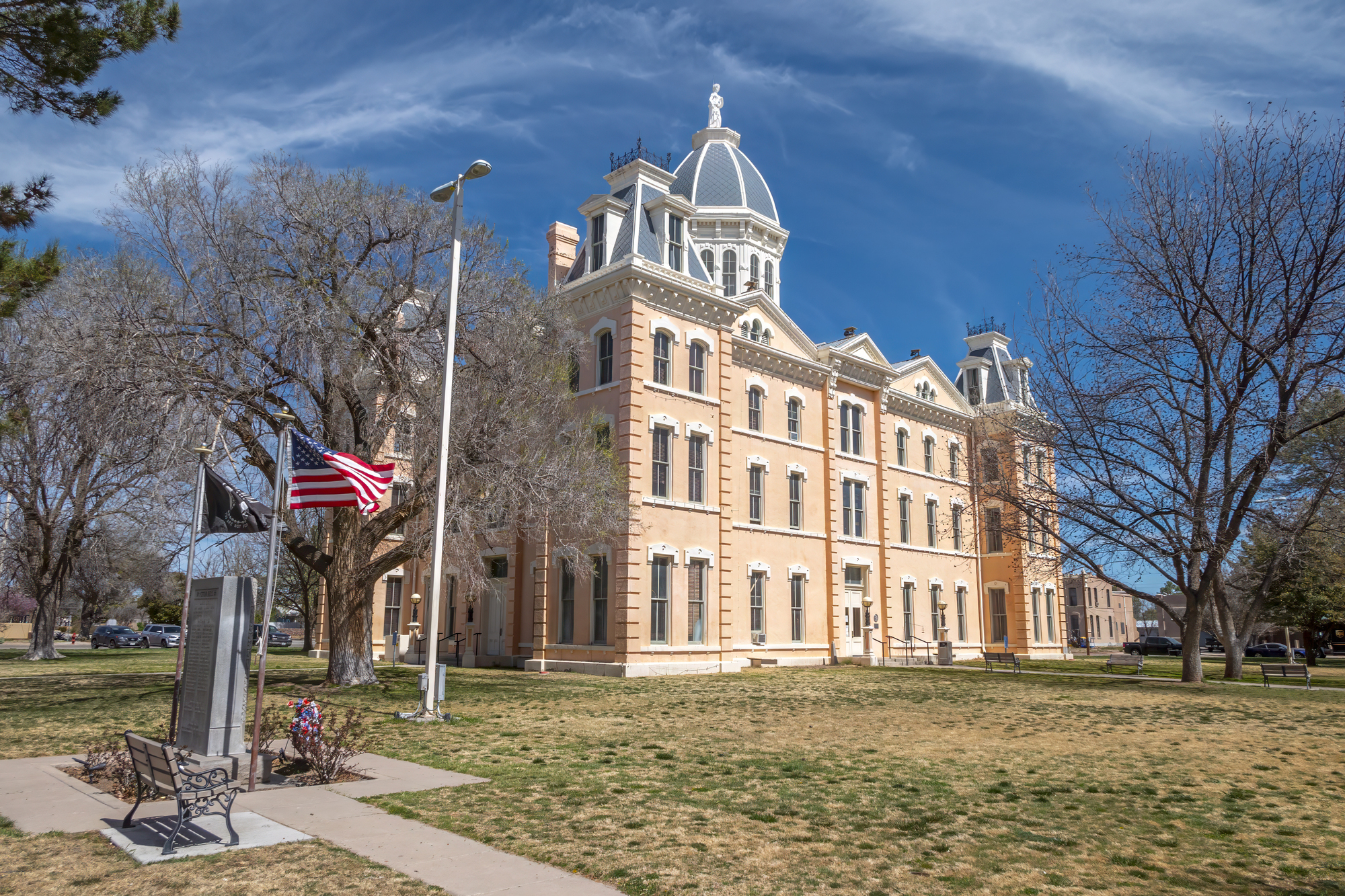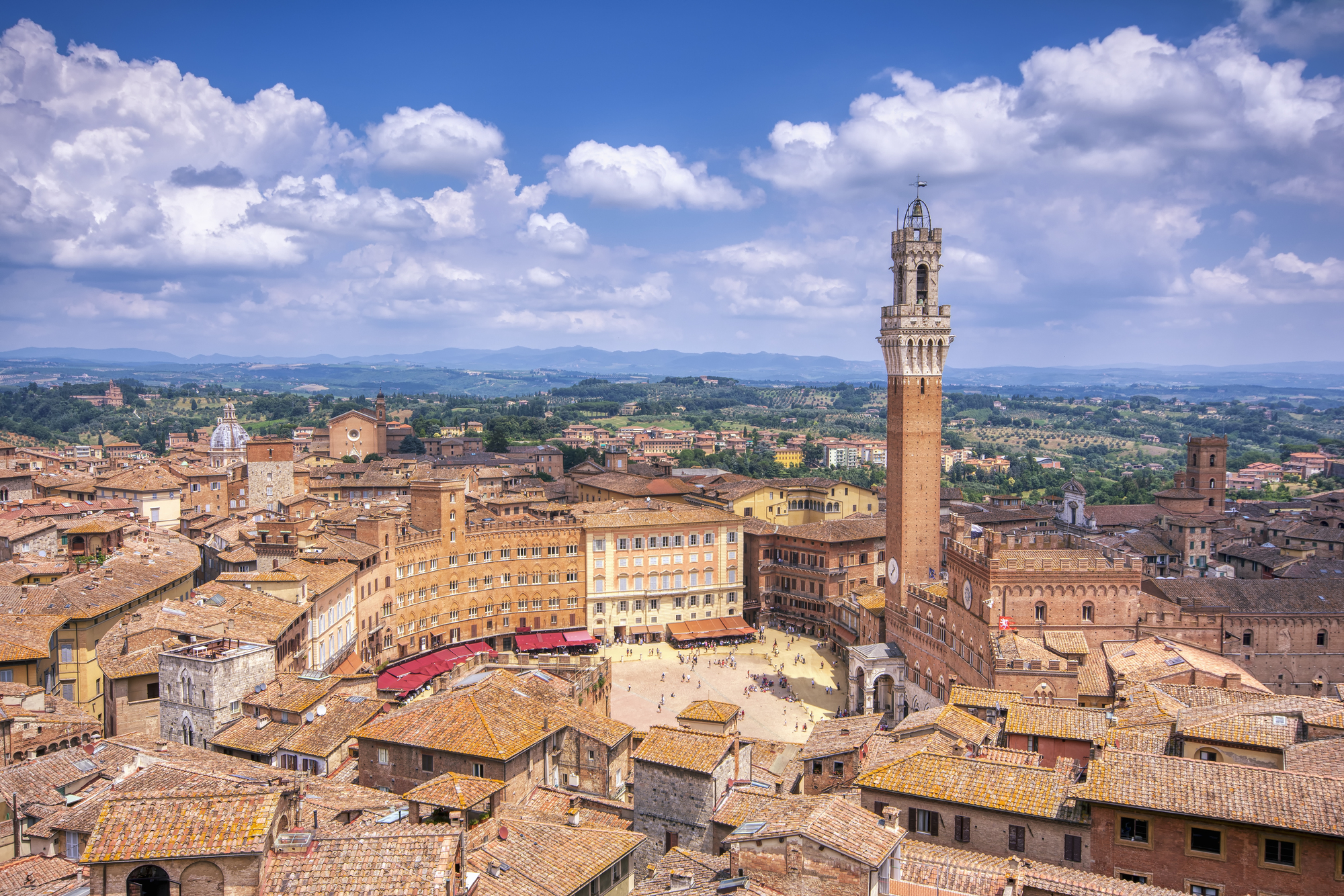Throughout small-town America, the heart of community life often centers around a single thoroughfare—Main Street. These historic corridors tell stories of American development through their architecture, small businesses, and community gathering spaces. While shopping malls and highway commercial development drew attention away from many downtown districts in the late 20th century, remarkable preservation efforts and revitalization initiatives have breathed new life into the main streets highlighted below.
Here is a list of 15 American towns where the primary thoroughfare remains the star attraction, offering visitors authentic glimpses into both preserved history and living community culture.
Galena, Illinois

Galena’s remarkably preserved 19th-century Main Street curves gently alongside the Galena River, with over 100 storefronts housed in red brick and limestone buildings dating from the 1800s. The town’s mining boom created tremendous wealth before the Civil War, resulting in sophisticated architecture rarely seen in communities of its size. Shops selling locally-made crafts, regional foods, and antiques now occupy spaces where lead miners once purchased supplies.
The absence of franchise businesses creates an authentic experience unmarred by corporate signage, while the street’s dramatic hillside setting provides vistas that showcase why the town has become one of the Midwest’s most popular weekend destinations.
Telluride, Colorado

Surrounded by 13,000-foot peaks, Telluride’s Colorado Avenue cuts through this former mining town that has transformed into an upscale mountain destination without sacrificing its historic character. Victorian-era storefronts dating from the silver mining boom house outdoor equipment shops, farm-to-table restaurants, and art galleries rather than the saloons and brothels of yesteryear.
The street’s wide layout—designed to allow oxen teams to turn around—now accommodates festival crowds attending the town’s renowned film and music events. Despite the upscale transformation, the mountain backdrop and preserved architecture maintain the frontier town atmosphere that earned Telluride its National Historic Landmark District status.
Like Travel Pug’s content? Follow us on MSN.
Fernandina Beach, Florida

Amelia Island’s northern town features a Centre Street that captures Florida’s often-overlooked Victorian era before automobile tourism defined the state’s development. Brick buildings with elaborate ironwork house independent shops and restaurants just blocks from the Atlantic Ocean.
The street’s distinctive features include courthouse square, pocket parks with mature tree canopies providing shade, and a perpendicular side street leading directly to the harbor. Spared from intensive development due to its somewhat isolated barrier island location, Fernandina Beach maintained its 19th-century character while nearby coastal areas transformed into condominium corridors and tourist attractions.
Eureka Springs, Arkansas

Built into steeply terraced Ozark mountainsides, Eureka Springs’ twisting Spring Street follows terrain so dramatic that some buildings have street-level entrances on multiple floors. Victorian architecture dominates this former spa town where wealthy visitors once sought healing in the mineral springs. Today, the street houses art galleries, metaphysical shops, and locally-owned restaurants catering to visitors seeking both natural beauty and creative culture.
The entire downtown earned National Register designation, with preservation rules maintaining the authentic character that makes Spring Street feel like a movie set—though one where everyday commerce continues uninterrupted by the historic surroundings.
Mackinac Island, Michigan

Perhaps America’s most vehicle-free main thoroughfare, Mackinac Island’s Main Street transports visitors to a horse-drawn era where automobiles remain prohibited. The waterfront promenade bustles with activity from ferry arrivals, fudge shops, bicycle rentals, and horse-drawn taxis serving visitors to this Lake Huron island.
Grand Victorian hotels overlook the street and harbor, while 19th-century storefronts house businesses catering to the island’s substantial tourist trade during the brief northern Michigan summer. The absence of vehicles creates a unique soundscape dominated by clip-clopping hooves, bicycle bells, and conversations—a stark contrast to typical American commercial districts.
Like Travel Pug’s content? Follow us on MSN.
Port Townsend, Washington

Positioned at the northeastern tip of Washington’s Olympic Peninsula, Port Townsend’s Water Street combines Victorian architecture with breathtaking views across Puget Sound. Originally developed as what locals hoped would become the “New York of the West,” the town’s economic fortunes stalled in the 1890s—inadvertently preserving its architectural heritage when development focused elsewhere.
Two-story Italianate buildings with decorative cornices and tall windows now house bookstores, maritime shops, and restaurants serving local seafood. The street’s gentle slope toward the harbor creates constantly changing vistas of water traffic against a backdrop of snow-capped mountains on clear days.
Staunton, Virginia

The Shenandoah Valley town of Staunton features Beverley Street, which exemplifies Virginia’s blend of Colonial and Victorian influences through remarkably intact architectural examples. Five distinct historic districts converge downtown, where red brick buildings with decorative ironwork house farm-to-table restaurants, independent bookstores, and antique shops.
The street’s gentle hill provides shifting perspectives of the church steeples and the surrounding Blue Ridge Mountains that frame the downtown. Thoughtful preservation efforts included burying utility lines and installing period-appropriate streetlights that enhance the historic atmosphere without creating an artificial “theme park” feel.
Woodstock, Vermont

Elm-shaded East Central Street epitomizes the New England village aesthetic with its white church steeples, colonial-era buildings, and town green, creating a scene seemingly plucked from a Currier & Ives print. Federal and Greek Revival architecture dominates the streetscape, with locally-owned shops housed in structures dating to the early 19th century.
The street’s smooth integration with surrounding residential neighborhoods maintains an authentic village feel rather than a commercial district isolated from community life. Vermont’s strictest-in-the-nation billboard ban and thoughtful zoning preserve the approach to town, ensuring visitors experience the classic New England aesthetic from their first glimpse of the village center.
Like Travel Pug’s content? Follow us on MSN.
Natchitoches, Louisiana

Louisiana’s oldest settlement features a Front Street overlooking Cane River Lake, where wrought-iron balconies and brick pathways showcase French colonial influence in an atmospheric setting. Established in 1714, the town predates New Orleans and maintains a distinctly Creole character through both its architecture and cuisine. Meat pie shops and restaurants serving local specialties occupy historic buildings along the brick-paved thoroughfare, particularly bustling during the town’s famous Christmas lighting festival.
The street gained wider recognition as a filming location for “Steel Magnolias,” though its authentic character transcends Hollywood connections through genuine preservation of Creole-influenced architecture and foodways.
Jim Thorpe, Pennsylvania

Nestled in a dramatic Pocono Mountains gorge, Broadway Street winds through this former coal town once known as Mauch Chunk before being renamed for the Olympic athlete. Victorian mansions and commercial buildings constructed with coal baron wealth line the narrow street, creating a theatrical mountain setting that earned the town its nickname as the “Switzerland of America.”
The street’s preserved opera house, historic hotel, and independent shops create a vibrant district that hosts visitors year-round for both cultural events and outdoor recreation in the surrounding mountains. The combination of pristine architecture and dramatic natural setting makes Broadway feel like a living museum of America’s industrial age prosperity.
Deadwood, South Dakota

The infamous gold rush town’s Main Street achieved preservation through an unusual source—legalized gambling revenues that funded the restoration of the historic district where Wild Bill Hickok met his end. Board sidewalks restored false-front buildings, and preserved saloons create an authentic Western atmosphere despite the modern gaming establishments that now occupy many historic structures.
The narrow gulch setting creates a concentrated downtown experience where visitors can explore the Black Hills gold rush history through both preserved architecture and engaging interpretive programs. Unlike many historic districts that feel separate from everyday life, Deadwood’s Main Street remains a functioning commercial corridor where history and contemporary commerce coexist.
Like Travel Pug’s content? Follow us on MSN.
Annapolis, Maryland

Maryland’s capital city features a Main Street that descends steeply from the historic State House to the harbor, creating dramatic vistas throughout its short but dense commercial corridor. Colonial-era buildings house shops and restaurants in structures that witnessed significant moments in early American history, including several visited by George Washington and other founding fathers.
The street’s narrow width and brick paving maintain the colonial-era scale, while the harbor terminus provides constantly changing views of sailing vessels in the town known as “America’s Sailing Capital.” The proximity of the Naval Academy brings a unique character to the downtown, with uniformed midshipmen frequently visible among the tourist crowds.
Dahlonega, Georgia

The site of America’s first major gold rush features a town square and surrounding streets that preserve the atmosphere of this Appalachian mountain community’s boom years. The courthouse square pattern typical throughout the South creates a focal point around which shops, restaurants, and tasting rooms for the region’s growing wine industry cluster in preserved historic buildings.
The town’s remote mountain setting helped preserve its character, while recent interest in North Georgia wine country has brought new prosperity without sacrificing the authentic small-town atmosphere. Wooden sidewalks and balconies add to the historic character of the district, while nearby mountains visible from many vantage points remind visitors of the natural beauty that attracted settlers to this challenging terrain.
Marfa, Texas

This remote West Texas town transformed from a ranching center to an international art destination without sacrificing its frontier character or historic building stock. Highland Avenue and the surrounding streets maintain their early 20th-century appearance while now housing contemporary art galleries, design shops, and innovative restaurants that contrast with the traditional courthouse square layout typical of Texas County seats.
The vast landscape surrounding the town creates an extraordinary quality of light that attracts photographers and artists, while the historic Hotel Paisano, which served as headquarters during the filming of “Giant,” anchors the downtown district. Unlike many art-focused communities, Marfa’s extreme isolation—three hours from the nearest commercial airport—ensures that visitors arrive intentionally rather than casually.
Like Travel Pug’s content? Follow us on MSN.
Medora, North Dakota

Gateway to Theodore Roosevelt National Park, this tiny town’s Main Street captures the essence of Western heritage through both preserved and reconstructed buildings recalling the frontier era when Roosevelt ranched nearby. The Badlands backdrop creates a stunning setting for the small commercial district where wooden boardwalks connect restaurants serving local games, Western-wear shops, and ice cream parlors popular with summer visitors.
The Medora Musical, performed in an outdoor amphitheater, draws thousands nightly during summer months, creating a bustling atmosphere in a town with fewer than 150 year-round residents. The street’s authentic character derives from both careful preservation and thoughtful new construction that maintains consistent architectural styles.
America’s Living Heritage

These fifteen main streets represent more than just shopping districts—they embody the architectural heritage, economic history, and community identity of small-town America. What makes these thoroughfares special goes beyond preserved buildings to include the continued vitality of locally-owned businesses, community gathering spaces, and cultural activities that maintain these streets as living entities rather than museum exhibits.
While each reflects regional architectural traditions and distinct historical circumstances, together, they demonstrate how thoughtful preservation can maintain authentic character while accommodating contemporary needs. In an era of increasing standardization in American commercial landscapes, these distinctive main streets remind us how specific places developed unique identities worth experiencing—and preserving for future generations.
More from Travel Pug

- Cities Growing so Fast You Won’t Recognize Them in 10 Years
- 13 Destinations Where Tourists Regularly Regret Their Trip
- 20 Obscure WWII Sites Even History Buffs Don’t Know About
- 10 Under-the-Radar Mountain Towns That Are Both Affordable and Beautiful
- Remote Villages in Europe Where You Can Live for Free in Exchange for Work
Like Travel Pug’s content? Follow us on MSN.
